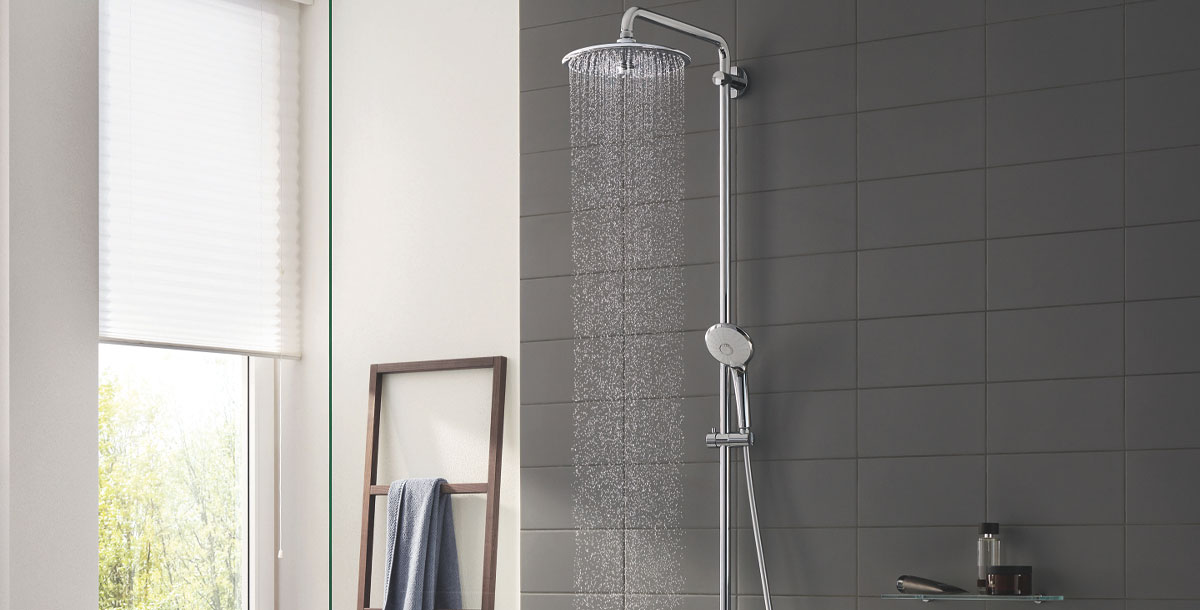Whether it’s over the bath or walk-in luxury, make sure your shower is the best it can be. At the most basic level, a shower must provide an effortless and constant flow of water at the right temperature and in a space that allows you to move around freely without feeling hemmed in on all sides.
For lots of us, it’s our only opportunity to take 10 minutes for ourselves within a day, so it’s important to choose a shower that works perfectly for you.
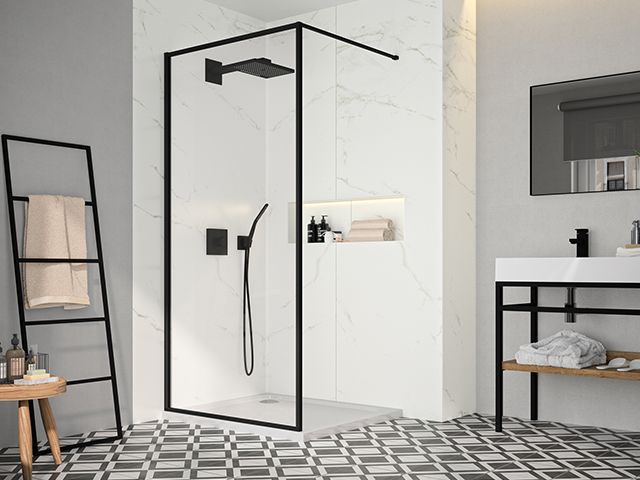
Photo: Merlyn
The planning process
Whether you are renovating or building from scratch, following a well-thought-out planning process is your best route to creating a great bathroom with shower or dedicated shower room.
Start by drawing up your wish list of features, whether that’s an overhead rain-effect drenching, massage jets, a sleek digital design or a steam enclosure, and your style preference: Edwardian, Art Deco or modern for example.
The next step is to assess whether you have sufficient space for everything on your list, and that fittings will work with your home’s water pressure. It’s worth seeking advice from an architect or bathroom designer.
You won’t need planning permission unless the room is part of a big new extension. But check with your local authority to be certain that you are complying with rules.
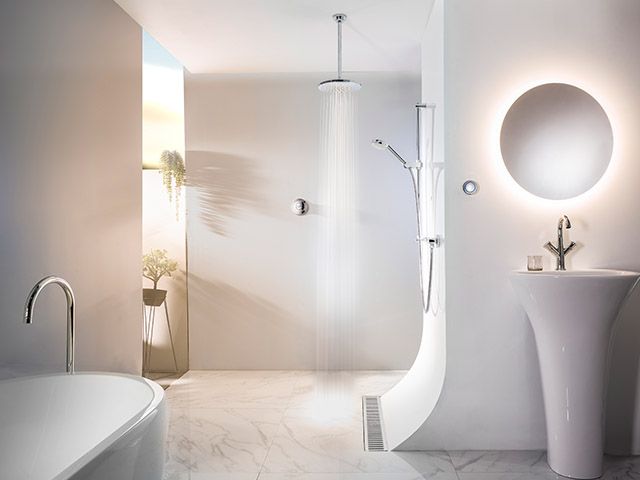
Photo: Aqualisa
Types of enclosure
There are three types of enclosure: with hinged or pivot doors; with sliding doors; and walk-ins consisting of a tray and fixed panels.
The right choice will depend on its position in the room and how much space you have. To fit even the most compact shower unit, you’ll need at least 760mmx760mm for comfort, and most enclosures measure 1,850-2,000mm in height, so make sure your ceiling is high enough.
An alcove can be the perfect place to create a made-to-measure shower, complete with a tray or wet room tanking and a sliding or pivot door.
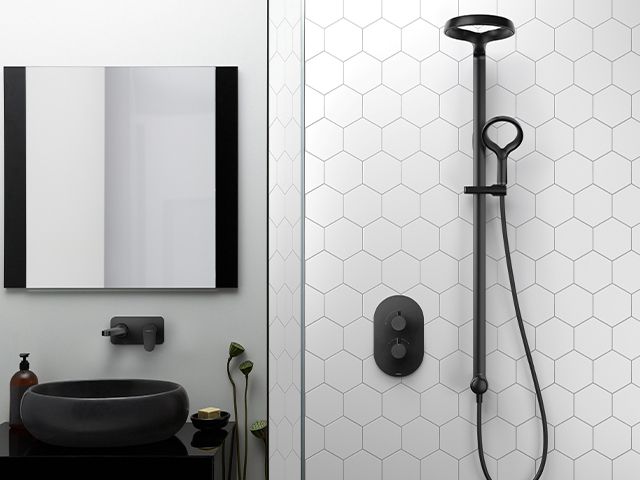
Photo: Methven
How to keep it flowing
Make sure that the fittings you want are compatible with your water systems. ‘If you choose body jets and multiple showerheads you will need plenty of water and good pressure. Installing a pressure booster and high-capacity hot-water system may be necessary,’ says architect Robert Wilson from Granit.
Limescale can affect the look and running of a shower – a particular problem in hard-water areas. Showerheads can become blocked and the calcium carbonate deposits will dull valve controls and glass panels.
A water softening unit can be installed in hours and it will go wherever is most convenient – under the sink, in the loft or even outside.
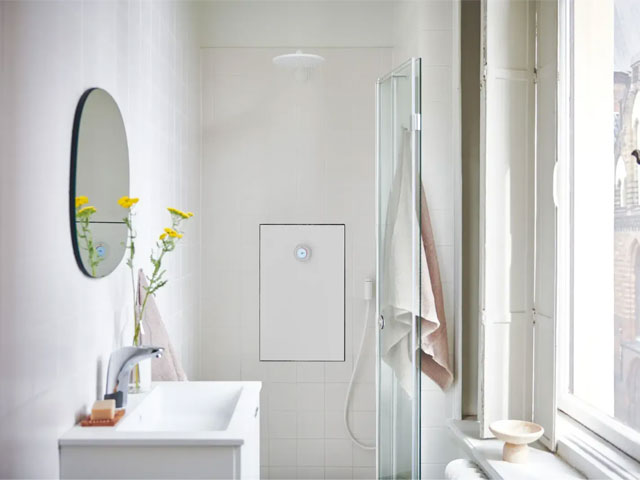
Photo: Orbital Shower
The wet room
If you’re looking for something more luxurious, modern waterproofing methods mean even the smallest space can be transformed into a dedicated wet room. It will need to be sealed, have non-slip tiles underfoot and underfloor heating for comfort.
If you want a wet-room-style walk-in as part of a bigger bathroom, one or more glass panels will prevent the rest of the room getting soaked. All glass screens must be toughened and meet British Standard EN 12150-I, with the usual thickness being 6mm to 8mm.
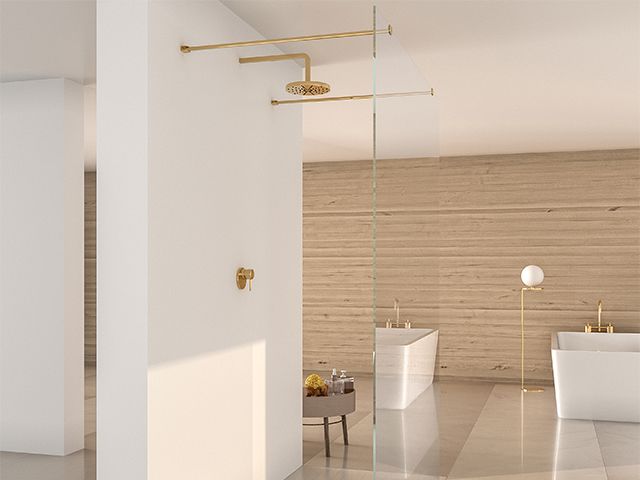
Photo: Neolith
Lead Image: Grohe

